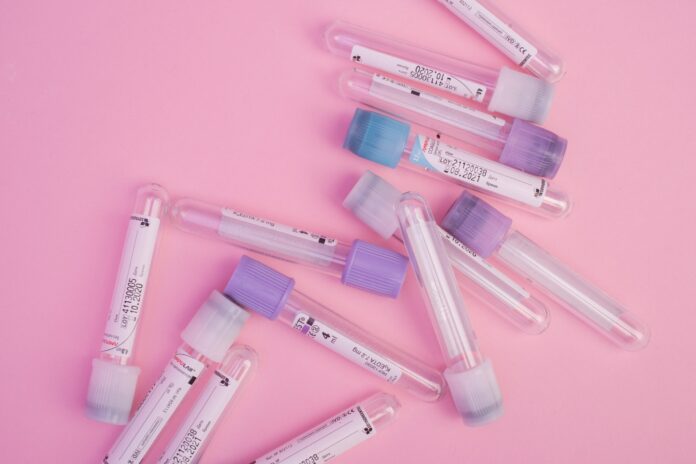For a federal agency tasked and trusted with deciding whether the latest medical goods and procedures should be on the market, the FDA seems hopelessly behind the times. But a recent reversal of a forty-year ban is a step in the right direction.
When the agency issued its first blood ban in 1983, “men who have sex with men” were prohibited from donating blood as a precaution to combat the AIDS epidemic. Just this month, FDA changed its mind. According to a guidance for industry document released on its website:
“Based on our review of the available science as discussed below, we recommend eliminating the screening questions specific to men who have sex with men… Instead, we recommend assessing donor eligibility using the same individual risk-based questions relevant to HIV risk for every donor regardless of sex or gender”
The American Red Cross estimates that 16 million blood transfusions occur annually in the US. However, getting blood to patients is more complicated than it sounds.
Many laws and social stigmas against selling blood mean blood supply depends almost exclusively on voluntary donations. Without prices to guide the supply and demand of blood, the amount of blood available for medical use fluctuates wildly from abundance (and waste) to concerning shortages. Over the last ten years, blood supply has been in a critical shortage- prompting the first ever “national blood crisis” declared in 2022.
Allowing more categories of people to donate blood will help. According to a study by the Williams Institute at the University of California Los Angeles, the FDA’s reversal will increase blood donations by between 2 and 4 percent.
But why did the FDA wait so long to change its tune? While men in the gay and bisexual demographic are more likely to contract HIV, and HIV can be transmitted through blood, the risk of spreading HIV by receiving blood today is minuscule.
The last known HIV infection from blood transfusion occurred in 2008. Since 2013, all blood donations are rigorously screened for HIV before being accepted for medical use (the FDA was involved in this process). Numerous medical breakthroughs in preventing HIV infections (which the FDA approved) also make contracting the disease through blood transfusion significantly unlikely.
Sadly, the more likely reason it has taken so long for the FDA to recognize its outdated stance is bureaucratic rather than scientific. All bureaucracies, including powerful regulatory agencies, maintain influence, resources, and scope of power by resisting change. Even long after a law is no longer helpful, a process functional, or a threat viable, bureaucracies seldom modify their practices because they have little incentive to relinquish control and take risks. For example, the FDA’s risk aversion significantly slowed the development of AIDS medicine, with serious consequences for those who needed it.
We should applaud the FDA’s decision no longer to prohibit gay and bisexual blood donations. It’s far overdue, but better late than never.
